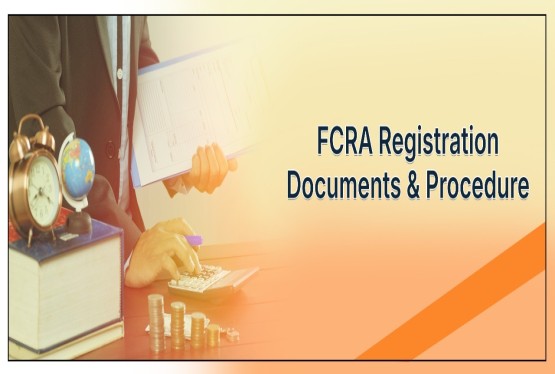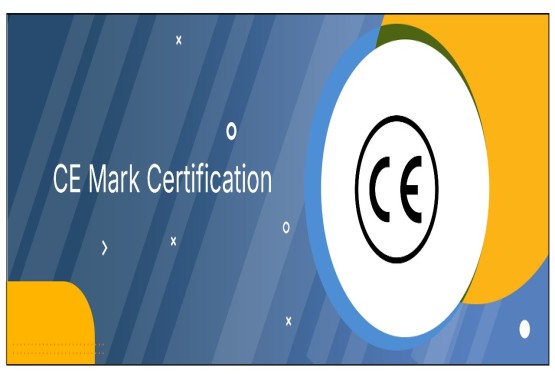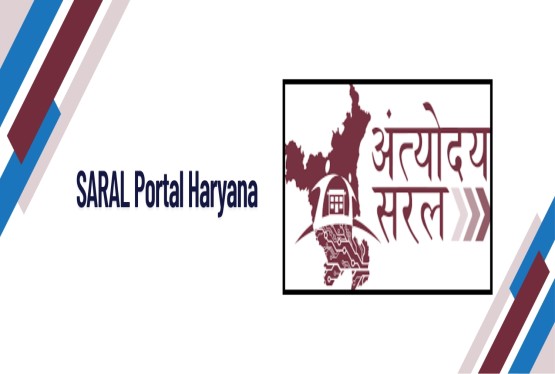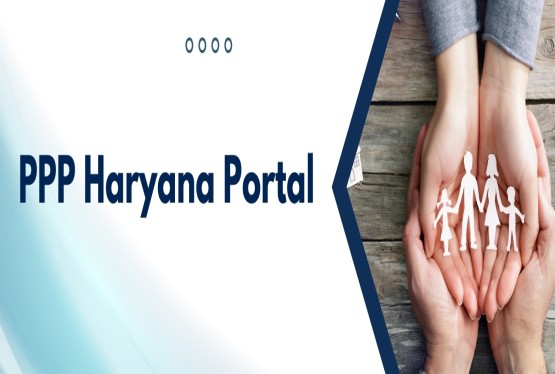Divorce by mutual consent is an increasingly preferred method for ending a marriage in India, offering a less adversarial alternative to traditional divorce proceedings. As societal attitudes evolve, more couples are seeking amicable ways to dissolve their marriages, recognizing the importance of minimizing emotional and financial strain. This article provides a comprehensive overview of obtaining a divorce by mutual consent in India, outlining the legal framework, eligibility criteria, procedural steps, and related considerations. The process is governed by the Hindu Marriage Act, 1955, the Special Marriage Act, 1954, and the Divorce Act, 1869, depending on the parties' religion and the legal framework of their marriage.
What is Divorce by Mutual Consent?
Divorce by mutual consent occurs when both spouses voluntarily agree to terminate their marriage, without attributing fault to either party. This approach emphasizes cooperation and shared decision-making, contrasting with contested divorces where one party must prove wrongdoing by the other. Key elements of a mutual consent divorce include:
-
Mutual Agreement: Both the husband and wife must freely and unequivocally agree to the dissolution of the marriage.
-
Joint Petition: Both parties must jointly file a petition in the appropriate Family Court, signaling their shared intent to divorce.
-
Agreement on Terms: The couple must reach a consensus on all ancillary matters, such as child custody, alimony (or maintenance), and the division of marital assets and liabilities.
In essence, a mutual consent divorce is a planned separation where both spouses concur on the 'how' and 'why' of their separation.
How to Get a Divorce with Mutual Consent in India
The process of obtaining a divorce by mutual consent in India involves several key steps, each governed by specific legal provisions. Here's a detailed breakdown:
Eligibility Criteria
Before initiating the process, the parties must ensure they meet the following prerequisites:
-
Mutual Agreement: The bedrock of this process is the voluntary and informed consent of both spouses to dissolve the marriage.
-
Separation Period: Most personal laws mandate a minimum period during which the couple must have been living separately. This period is typically one year, though specific requirements may vary.
-
Irretrievable Breakdown of Marriage: The court must be satisfied that the marriage has irretrievably broken down, meaning it has reached a point where it cannot be salvaged.
Drafting a Divorce Agreement
A crucial step is the creation of a comprehensive written agreement that articulates the terms of the divorce. This document should address the following:
-
Child Custody: If the couple has children, the agreement must specify arrangements for their physical and legal custody, including visitation rights for the non-custodial parent.
-
Alimony: The agreement should detail whether either spouse will receive financial support (alimony or maintenance), the amount, and the payment schedule.
-
Division of Property: The agreement must outline how marital assets (e.g., real estate, investments) and liabilities (e.g., debts) will be distributed between the parties.
-
Other Terms: Any other mutually agreed-upon terms relevant to the specific circumstances of the marriage, such as provisions related to personal belongings or future interactions, should be included.
Both parties must sign this agreement, and it becomes a vital part of the divorce petition.
Filing the Joint Petition
The next step involves filing a joint petition for divorce in the appropriate court. The specific court depends on the personal laws governing the marriage:
-
Hindu Marriage Act, 1955: If both parties are Hindus, the petition is filed in the Family Court with jurisdiction over the matter.
-
Special Marriage Act, 1954: For marriages solemnized under this Act, the petition is also filed in the Family Court.
-
Divorce Act, 1869: In cases where one or both parties are Christians, the petition is filed in the District Court.
Procedure
The legal procedure for mutual consent divorce in India generally involves the following stages:
-
Drafting and Filing: The parties jointly draft the divorce petition, incorporating the signed agreement and attaching all required documents.
-
Document Submission: Along with the petition, the parties must submit supporting documents, which may include:
-
Marriage certificate
-
Identity proof of both spouses
-
Address proof of both spouses
-
Marriage invitation card
-
Photographs of the marriage ceremony
-
Passport-size photographs of both spouses
-
Details of property and assets owned by the parties
-
Income tax statements for the last three years
-
Proof of separation for the stipulated period (e.g., separate rent agreements, affidavits)
-
Any proof to support failed attempts of reconciliation.
-
Payment of Court Fees: The applicable court fees must be paid at the time of filing the petition.
-
First Motion: Both parties must appear before the court. The court examines the petition and the attached agreement to ensure they are in order. The court then typically records the statements of both parties, confirming their consent. Following this, the court usually orders a "cooling-off" period.
-
Cooling-Off Period: A mandatory cooling-off period, typically six months from the date of the first motion, is prescribed by the court. This period allows the parties time to reflect on their decision and explore the possibility of reconciliation. The court has the power to reduce or even waive this period.
-
Second Motion: After the cooling-off period expires (or is waived), both parties must appear before the court again to reaffirm their decision to seek a divorce. This appearance is known as the "second motion."
-
Final Hearing and Decree: If the court is satisfied that the parties continue to consent to the divorce, that all legal requirements have been met, and that the terms of the agreement are fair and reasonable, it will pass a final decree of divorce, formally dissolving the marriage.
-
Obtaining the Decree: Once the final decree is granted, either party can obtain a certified copy of the divorce decree from the court. This certified copy serves as official proof of the divorce and is necessary for various legal and administrative purposes.
Minimum Time for Mutual Divorce in India
The total time required to obtain a divorce by mutual consent in India can vary, but it generally falls within a specific range. This timeframe is influenced by factors such as court schedules, procedural efficiency, and the specific circumstances of the case. The key stages that contribute to the overall duration are:
-
Initial Petition and First Motion: The time from filing the joint petition to the first court appearance is relatively short, usually a few weeks, depending on court docket congestion.
-
Cooling-Off Period: The statutory cooling-off period is a minimum of six months from the date of filing the petition.
-
Second Motion and Final Decree: After the cooling-off period, the second motion and the issuance of the final decree can take anywhere from a few weeks to several months, depending on the court's workload.
Therefore, the entire process, from filing the petition to obtaining the final decree, typically takes approximately 6 to 18 months.
Can Mutual Consent Divorce be Challenged?
While mutual consent divorce is designed to be uncontested, certain circumstances can lead to challenges. These challenges typically arise when the fundamental basis of mutual consent is called into question. The primary grounds for challenging a mutual consent divorce include:
-
Fraud: If one party alleges and proves that the other party obtained their consent through fraudulent means (e.g., misrepresenting facts, concealing information), the divorce can be challenged.
-
Coercion: If a party claims that they were forced or pressured into consenting to the divorce, their consent may be deemed invalid, and the divorce can be challenged.
-
Non-Compliance with Legal Formalities: Failure to adhere to the mandatory legal procedures, such as the prescribed separation period or proper documentation, can provide grounds for challenging the divorce.
If a challenge is raised, the divorce proceedings may become more protracted and adversarial, potentially requiring additional court hearings and evidence to resolve the disputed issues.
Can Mutual Consent Divorce be Withdrawn?
Yes, a petition for divorce by mutual consent can be withdrawn. Indian law recognizes that circumstances can change, and parties may reconcile or reconsider their decision to divorce. The process for withdrawal is straightforward:
-
Withdrawal Before Decree: Either party has the right to withdraw their consent at any time before the court grants the final decree of divorce.
-
Written Application: To effectuate the withdrawal, the party seeking to withdraw must file a written application with the court, clearly stating their intention to withdraw from the divorce petition.
-
Court Action: Upon receiving the application, the court will typically dismiss the case, and the marriage will remain legally intact.
This ability to withdraw consent underscores the importance of the voluntary and ongoing nature of mutual consent in divorce proceedings.
Conclusion
Divorce by mutual consent in India offers a legally recognized and increasingly viable pathway for couples seeking to dissolve their marriages amicably. By adhering to the statutory requirements, procedural guidelines, and principles of genuine mutual consent, parties can navigate this process with greater clarity and less conflict.
Frequently Asked Questions (FAQs)
Q1. Is it mandatory to wait six months for a mutual consent divorce in India?
Ans. No, the six-month "cooling-off" period prescribed after the first motion is not mandatory in all cases. The Supreme Court of India has ruled that family courts may waive this period if:
-
The separation period of at least one year is already fulfilled.
-
There is no possibility of reconciliation.
-
Both parties have settled all related matters (e.g., alimony, custody).
However, the waiver is subject to the court's discretion and must be formally requested by both parties.
Q2. What documents are required to file a mutual consent divorce petition?
Ans. Key documents typically include:
-
Marriage certificate
-
Identity and address proofs of both spouses
-
Passport-size photographs
-
Proof of separate residence (e.g., rent agreements, affidavits)
-
Income and asset details (e.g., tax returns, property documents)
-
Joint divorce agreement outlining terms like alimony, custody, etc.
The exact requirements may vary by court and personal law under which the marriage was solemnized.
Q3. Can a mutual consent divorce be filed online in India?
Ans. Currently, mutual consent divorce cannot be fully filed and completed online. While some courts offer limited e-filing services, physical presence is required:
-
During the first motion (to record consent and statements)
-
During the second motion (to confirm consent and finalize the divorce)
You may engage a lawyer to handle filings and documentation, but court appearances must be made in person or via video conferencing (if allowed).
Q4. What happens if one spouse withdraws consent before the final decree?
Ans. If either spouse withdraws their consent at any time before the final decree is granted (i.e., before or during the second motion), the petition for mutual consent divorce becomes invalid. The case is then dismissed by the court, and the marriage remains legally intact. The other spouse would need to pursue a contested divorce under applicable grounds, if they still wish to seek separation.
Q5. Can foreign citizens or NRIs file for mutual consent divorce in India?
Ans. Yes, foreign citizens or NRIs (Non-Resident Indians) can file for mutual consent divorce in India if:
-
The marriage was solemnized in India or under Indian laws, and
-
One or both spouses are domiciled or residing in India at the time of filing. Courts may permit remote appearances in special cases, but legal representation in India is essential. It's advisable to consult a lawyer for compliance with international jurisdiction and recognition of the divorce decree in other countries.












































































_crop10_thumb.jpg)







_Rules,_2025_learn_crop10_thumb.jpg)
























































































_crop10_thumb.jpg)








 in BIS FMCS_learn_crop10_thumb.jpg)










_crop10_thumb.jpg)















_crop10_thumb.jpg)





_Code C-888_learn_crop10_thumb.jpeg)
_learn_crop10_thumb.jpg)
































































_Certificate_learn_crop10_thumb.jpg)

_Certificate_(1)_crop10_thumb.jpg)















_learn_crop10_thumb.jpg)

_crop10_thumb.jpg)


















_Scheme_learn_crop10_thumb.jpg)


_learn_crop10_thumb.jpg)










